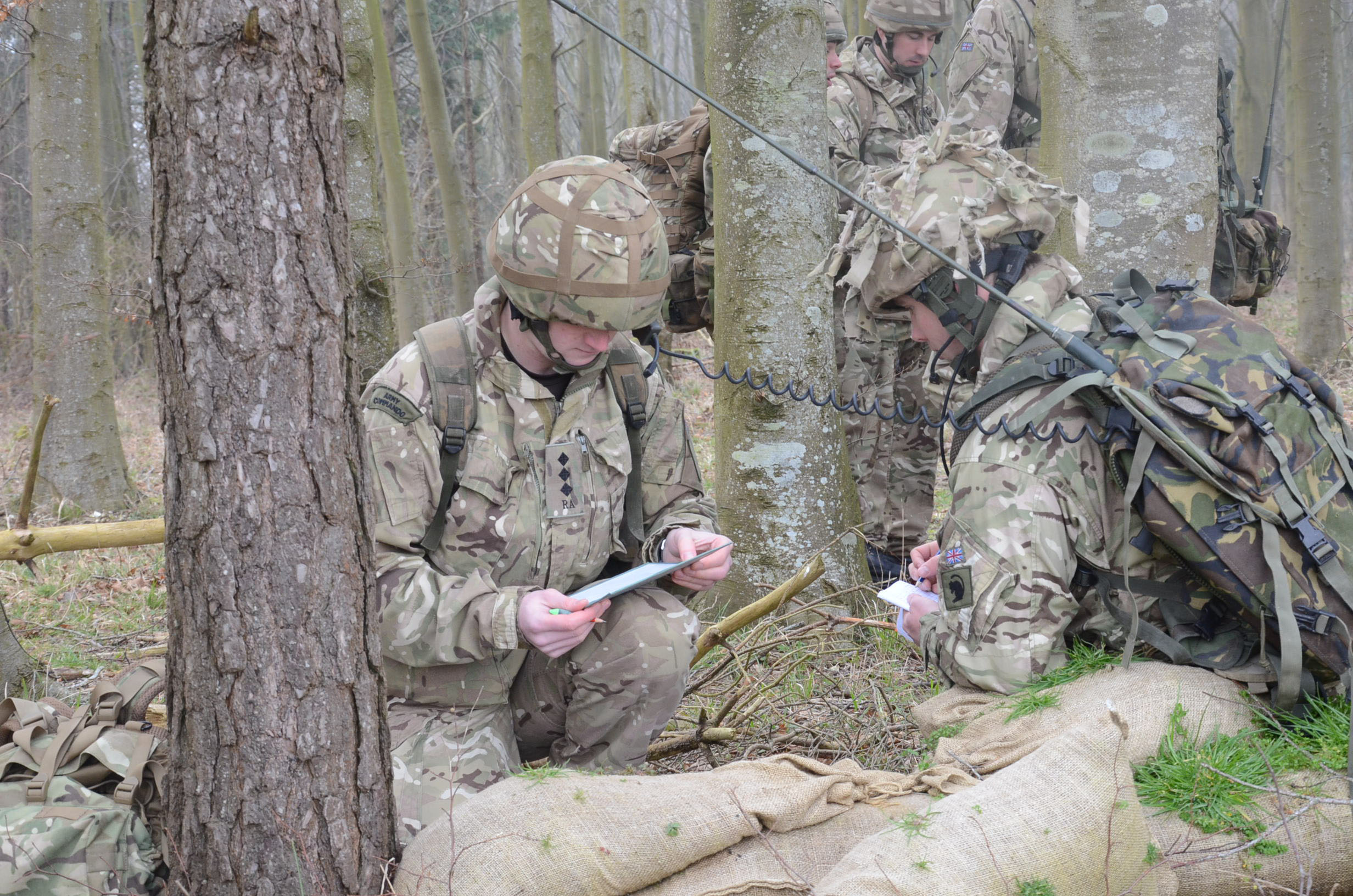
Historically, high frequency (HF) radio was the only means for beyond line-of-sight (BLOS) communication and was widely used by the military. For modern military deployments, SATCOM is dominant and preferred for BLOS communication due to its speed and reliability.
The Nature of HF Radio
HF radio has unique characteristics. Skywave HF Transmissions can bounce of the Ionosphere to provide very long distance communication. HF Skywave propagation has high latency, low and highly variable speed, high error rate, and often will not propagate at all.
Despite its characteristics, there are a range of situations where HF Skywave is preferable to SATCOM:
- SATCOM communication not viable. There are locations where use of SATCOM is not viable, including valleys, fjords, jungle, and polar regions.
- SATCOM too expensive. There are situations where cost is the primary reason to choose HF.
- SATCOM not practical. For example, the necessary equipment is too large.
HF can also transmit as Surface Wave, which can follow the curvature of the earth to go well beyond line of sight. This works particularly well over water, and HF Surface Wave can be used to communicate between ships hundreds of miles apart. HF Surface Wave provides a more robust service than Skywave and is particularly suitable for higher speed operation. This can make it an excellent choice for Naval Task Group communication.
HF for SATCOM Denied Operations
A strategic consideration is that an adversary may prevent SATCOM communication, which is referred to as C2D2E (Command and Control in a Denied or Degraded Environment). There is increasing consideration of the militarisation of space, and there are clear demonstrations of the capability to destroy SATCOM and GPS infrastructures.
The importance of C2D2E must be addressed, particularly in consideration of potential symmetric warfare.
HF radio is the only realistic BLOS alternative and to maximise the utility of HF Radio as a fall back to SATCOM, it is important to utilise the modern HF developments and applications discussed below. It is also important to train in a C2D2E environment.
Important HF Developments
At the end of last century, HF data rates over a single channel were limited to about 1200 bits/second. Improvement in Digital Signal Processing (DSP) now enable speeds of up to 19.2 kilobits/sec over the same 3kHz HF channel.
Introduction of Wideband HF (WBHF) technologies in STANAG 5069 now enables speeds of up to 240 kilobits/sec using multiple channels. This provides better performance under good conditions and enables more robust and reasonable performance in poorer conditions.
Automatic Link Establishment (ALE) is a technique to select best available frequency. It facilitates optimal performance and is essential when using WBHF. ALE also enables efficient spectrum sharing between multiple nodes. ALE is important for automatic HF operation, which is important when few war fighters have specific HF training and expect communications to ‘just work’, particularly as C2D2E fall back.
STANAG 5066 is a specialised link layer that sits between HF modem/radio communications equipment and applications. This is important to enable robust and efficient use of HF links and to enable multiple applications to share a single HF link. It is important to eliminate operator support, which is necessary for applications that do not use this layer. STANAG 5066 also provides a single point for monitoring HF usage and applications.
Use of HF Applications
Deployed HF radio primarily supports voice, formal military messaging (using ACP 127), and some usage of email. Voice needs dedicated use of an HF link, so shared links need to switch between data and voice. This is quite limited. Although some modern services such as streaming video will not be viable over HF, much more can be achieved. When using HF as fall back to SATCOM, it is desirable to achieve as much as possible.
For many communication technologies, the approach of choice is to run IP over the link and to use standard applications. This does not work with HF due to characteristics of HF and in particular high latency. This means that special protocols need to be used over the HF link. These can be interfaced with standard applications using a Performance Enhancing Proxy (PEP) architecture. This allows optimisation of performance over HF, while making use of HF transparent to the end user.
Email and Military Messaging remain important services for modern HF, but can operate over ACP 142 which provides reliable multicast and EMCON (Emission Control) support, using STANAG 4406 Annex E for formal Military Messaging and RFC 8494 Multicast Email (MULE) for email. These provide full modern services optimized for HF.
Real Time Chat and Presence services are of increasing support for military communication, with XMPP as the NATO open standard. Isode has published open standards to operate XMPP over HF Radio using STANAG 5066, which has been demonstrated in trials at speeds down to 600 bits/second. This key modern service works efficiently and reliably over HF radio.
It is appropriate to use HF-specific application protocols for mission critical applications, but not possible to do this for every application. Isode has specified a protocol stack to provide a TCP Performance Enhancing Proxy (PEP) over HF, which is being made available to NATO. This HF PEP is implemented in Isode’s Icon-PEP product and has demonstrated Web Browsing over HF Radio, which can be viable for standard HF speeds. This HF PEP provides a means to deploy other applications over HF Radio.
While HF radio has constraining characteristics, modern capabilities enable a wide range of core applications to be deployed. This enables HF radio to be an effective fall back approach in C2D2E environments.



